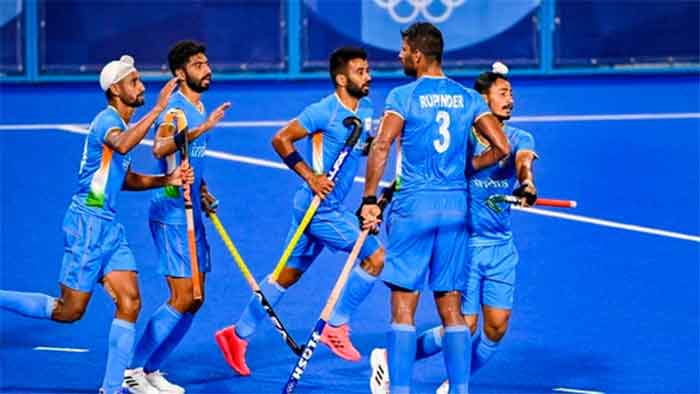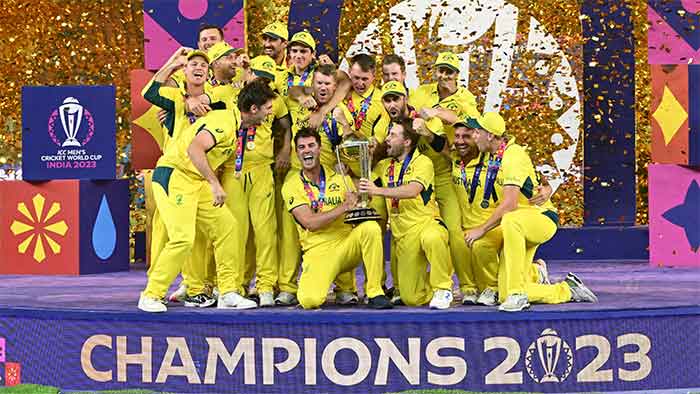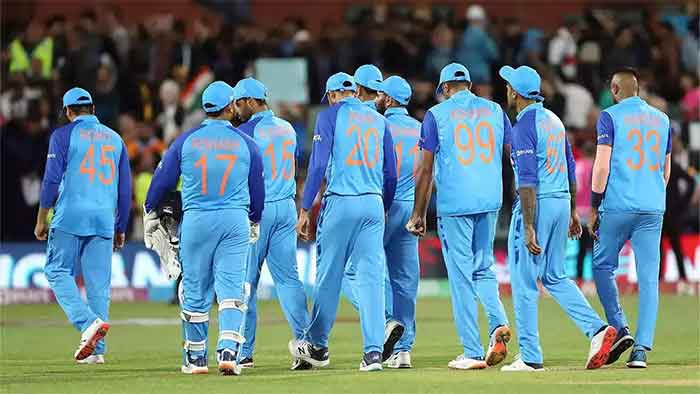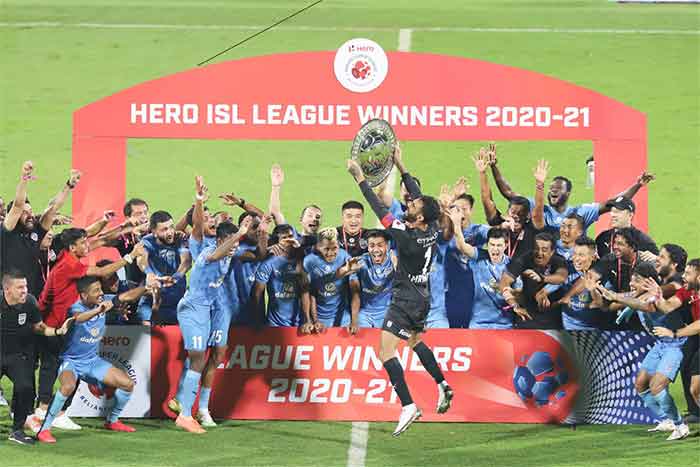
To
Narendra D Modi
Prime Minister
Dear Shri Modi,
Sports strategy- Mere lip service will not suffice- Some suggestions on a sports strategy
It is an extraordinary effort put in by the Indian athletes and sportspersons at the ongoing Tokyo Olympics which has brought laurels to India and united the entire nation with a collective sense of pride. It is laudable that you should take so much personal interest in watching their performance minute-by-minute and keeping in touch with them to maintain their morale.
No doubt, it is necessary to extend moral support to the sportspersons, especially at a time when they are engaged in an international event like the Olympics and assure them that, irrespective of winning a medal or not, what really matters is their all-out effort to compete with the best in their respective categories. Simultaneously, the government should also bestow greater attention to the preparatory work to be done for grooming the future sportspersons, as for example, for identifying and tapping the talent at the grassroots level, providing them access to the state-of-the-art infrastructure, technology and training, exposing them to competition at every stage and grooming them with care and sensitivity for taking part in national and international events.
While the successive governments have indeed made sincere attempts in this direction, what one gathers from the news reports appearing about the problems faced by the individual sportspersons in reaching the stage where they are at present, indicates that there are distressing shortcomings in sports governance in the country and a lot more needs to be done to reach out to individual sports persons aspiring to pursue careers in their respective disciplines.
It appears that most of the sportspersons taking part at the Tokyo Olympics are from humble beginnings, unable to secure enough support from the local governmernts and some even subject to social discrimination and discouragement at every stage of their advancement. Mirabai Chanu worked on her own and won international awards before she got the first silver in the women’s 49kg category at the Tokyo Olympics. She is a Padma Shri and a Khel Ratna awardee. However, while she was training at the Imphal sports training facility, she had to depend on benevolent truck drivers for commuting daily between her village, Nongpok Kakching and Imphal. The least that the State government could have done was to provide her a transport facility at public cost. Rani Rampal who captained the women’s hockey team that has won the hearts of all Indians, had to struggle during her early career for nutritious food and had no other alternative than to train herself with broken hockey sticks. After India lost to Argentina in the women’s hockey semifinals at Tokyo, the family of a team member complained that some persons residing in their neighbourhood made casteist remarks against them.
Each sports person that took part in the latest Olympics and the earlier events has a similar story to tell, that may not reflect well on the support received by them either from the government or from the society at large. For India to become a strong sporting nation, the Centre and the States should not only integrate sports into the educational curriculum from the early years of a child but also ensure that sports become an effective instrument to remove inequalities within the society and counter the divisive tendencies that characterise the politics in our country.
With specific reference to the role of the government in encouraging sports, the model put in place by the Odisha Chief Minister could perhaps guide both the Centre and the other States in dealing with sports. It goes to the credit of the Odisha Chief Minister that the State has sponsored both the men’s and the women’s hockey teams for five years for taking part in all national and international events. It is heartening to find Odisha’s mark on Indian hockey today. It is also significant that Odisha has taken the lead in setting up sports hubs with CSR funds from the promoters of industry for a wide range of sports that include athletics, swimming, football, hockey, badminton, weightlifting and shooting. The purpose underlying this is to build the state-of-the-art infrastructure for each of these disciplines and provide the best possible coaching assistance for the sportspersons, irrespective of their place of origin, caste, creed and background. The Centre can perhaps take a leaf out of Odisha’s book in building sports hubs in the northeast and elsewhere, where the local governments may not have the same leverage as the larger States like Odisha have.
The National Sports Policy of 2001 emphasised the need to provide adequate scientific back-up to sportspersons. In particular, it stated, “appropriate research and development measures will also be initiated for the promotion of sports and to impart special skills to promising sports persons so that they are enabled to give of their best in international and other prestigious competitions.” In this connection, it should be of interest to the Indian planners to know how China has moved in leaps and bounds to applying technology to training the sportspersons.
China has upstaged both the USA and Japan in occupying a dominant position in terms of setting new world records in several events and winning medals, especially in swimming and rowing, apart from a wide range of athletics. It is the adoption of the state-of-the-art technology that has helped China in training its sportspersons (https://eurasiantimes.com/gold-rush-at-olympics-how-china-used-ballistic-missile-technology-to-train-its-athletes-for-the-big-show/).
The China Academy of Aerospace Electronics Technology (CAAET) and the China Aerospace Science and Technology Corporation (CASC), who have been entrusted with the task of training the Chinese swimmers and rowers have adopted a miniature version of the Inertial Navigation System (INS) used in Intercontinental Ballistic Missiles (ICBMs) to track technical structures such as time, stroke frequency, stroke length as well as breathing frequency of the swimmers and prepare individual training modules to strengthen their skills. The system makes use of devices such as an accelerometer, gyroscope, and magnetometer to measure the altitude and position of an object and guide it to its target. The system helped the swimmers to “refine their technique and cut down on drag”. The CASC miniaturized the entire system, which weighs only a few grams. The Chinese swimmers were then made to wear it and sit in a wind tunnel, practicing their swimming against the wind. The results of this simulation helped in developing recommendations for the swimmers, thus enabling them further to improve their styles and techniques.
In the USA too, several Universities are working in tandem with the competing sportspersons to conduct research that helps them in improving their ability to reach higher and higher levels of achievement. I have personally interacted with a senior Professor of Mechanical Engineering at a well-known University in the USA on how he has simulated the hydrodynamics of swimming in order to help the competitors in improving their techniques on a continuing basis.
Many other countries like Russia, Japan and Germany are similarly applying the latest technologies to strengthen the capabilities of their sportspersons.
India has enormous technological capabilities developed by its scientific institutions and by its own scientists and technologists who are working in their individual capacities. To what extent have we been able to bring convergence between sports and technology in strengthening the capabilities of our sportspersons? In this effort, the Centre is expected to play the pivotal role. However, the Union Sports Ministry which is supposed to be the apex coordinating agency seems to be hamstrung in its efforts for want of adequate support. The budgetary allocations for sports, especially the funds needed for strengthening the infrastructure and technological inputs for sports, have remained stagnant over the years. The National Sports Policy has remained largely on paper, without tangible action taken on its objectives. Encouragement to sports and sportspersons has remained confined to lip service and symbolisms that have hardly helped the sportspersons.
While the entire nation was applauding for the men’s and women’s hockey teams and praising the athletes who have done so well, one should not forget the undue bias that exists in India for sports such as cricket. Offices in almost all national and State cricket bodies have become havens of exploitation for politicians, their kith and kin, because that is where the financial clout lies, whereas sports like hockey, badminton, athletics, swimming, football, weightlifting and shooting receive only step motherly treatment. Unless such inherent asymmetries in sports are removed and the sports bodies are purged of political domination, India may not be in a position to adopt a rational, balanced approach to sports management.
I request you and the Sports Ministry to bring in fundamental changes in the way sports are managed so that we may be in a position to nurture a constructive sports culture in the country. A time has come when we should replace symbolisms with a tangible sports strategy that not only brings laurels to the country but also acts as an instrument of social change that removes the social inequalities and defeats all those that seek to divide the society.
I hope that your government gives due consideration to these thoughts.
Regards,
Yours sincerely,
E A S Sarma
Former Secretary to Government of India
Visakhapatnam













































